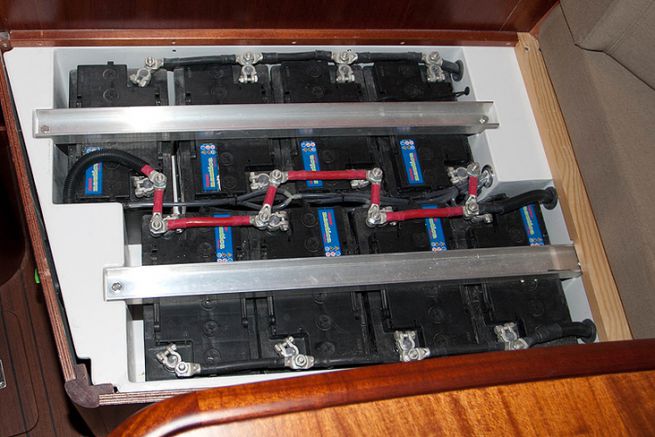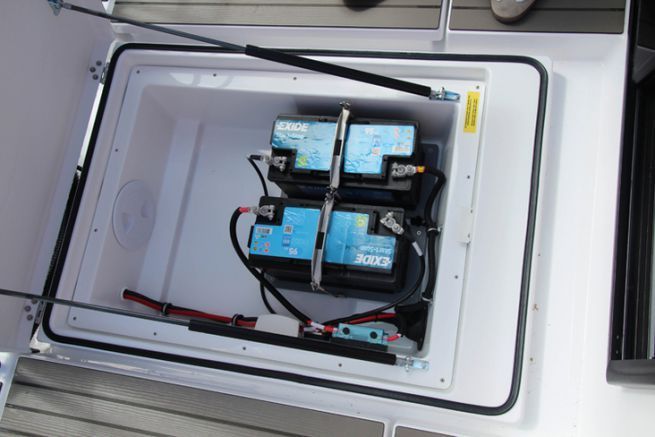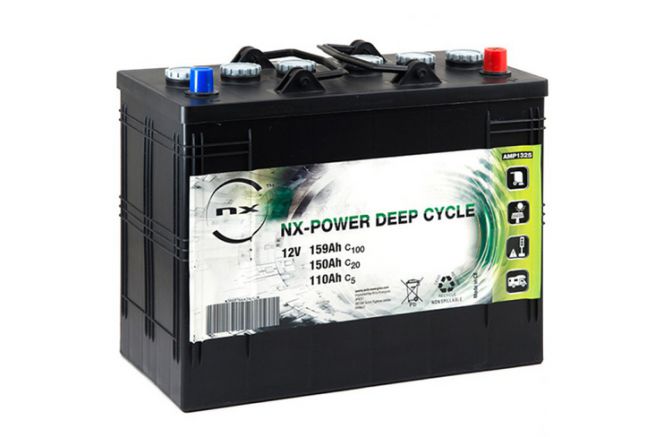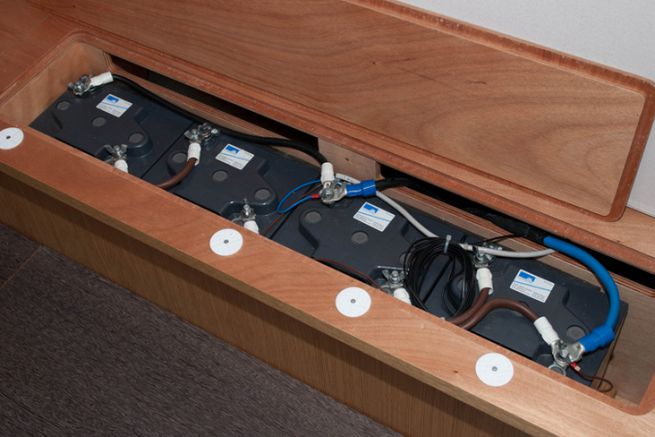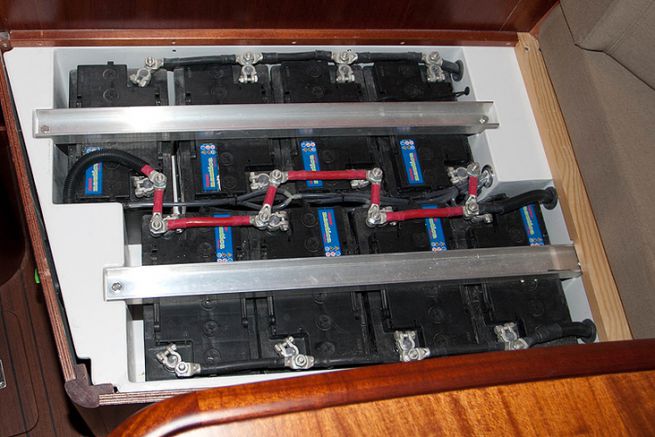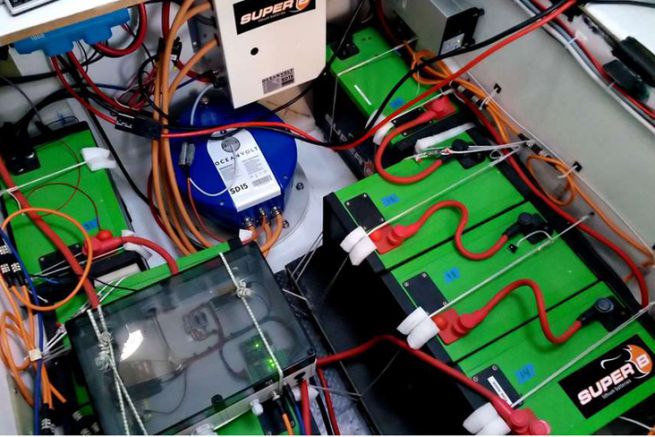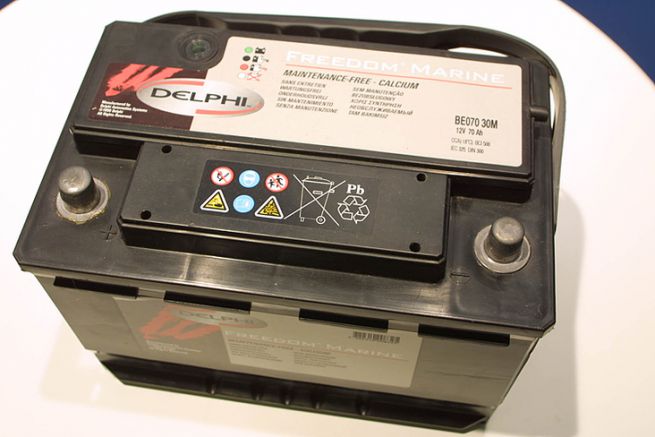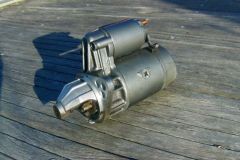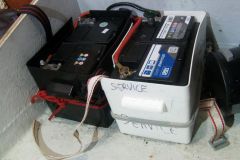Gel batteries are lead electrolyte batteries in which the "liquid" is stored as silica gel. The plates are thick, made of lead and lead oxide, possibly tubular for the OPZV models. Their design makes them completely waterproof and maintenance-free.
They belong to the VRLA (Valve Regulated Lead Acid) family of batteries, as they are equipped with a valve to compensate for the very low degassing produced by their operation.
Use of Gel batteries
Due to their high resistance to cycling and the possibility of being completely discharged without damage, these batteries make ideal utility batteries. In their OPZV version (in 2V elements), they are perfect for giving remarkable autonomy to large units.
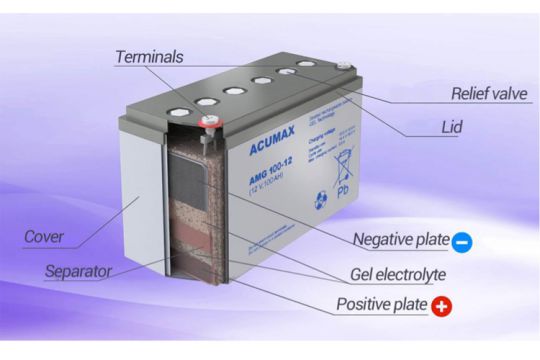
Battery types Gel
- Batteries Tubular Gel OPZV
These batteries are characterized by a number of cycles of up to 2500 and a life span of 20 years. They are presented in 2V cells that should be combined x6 or x12 for a 12 or 24V system. These batteries are used in photovoltaic installations in isolated sites such as shelters, unserviced premises, whose electricity balance is very similar to that of pleasure boats. - Thick plate lead gel batteries
Like its cousin AGM, this battery has interesting slow discharge features. However, this criterion is even more accentuated in Gel batteries which, although heavier and more expensive than AGMs, are perfectly at ease in utility batteries.
With a more manageable format than the OPZVs in 2V, they can be installed on all units, sail and motor.
Advantages of Gel batteries
- No maintenance
- High cycling capacity (up to 2500 cycles)
- Can be completely discharged
- Very strong and almost waterproof (does not work completely upside down)
- Absence of water, so batteries are insensitive to frost
- Extremely long life (up to 20 years for 2 V models)
Disadvantages of Gel batteries
- Unsuitable for high charge/discharge currents
- High price
- Very high weight
- Requires a charger that controls the temperature
